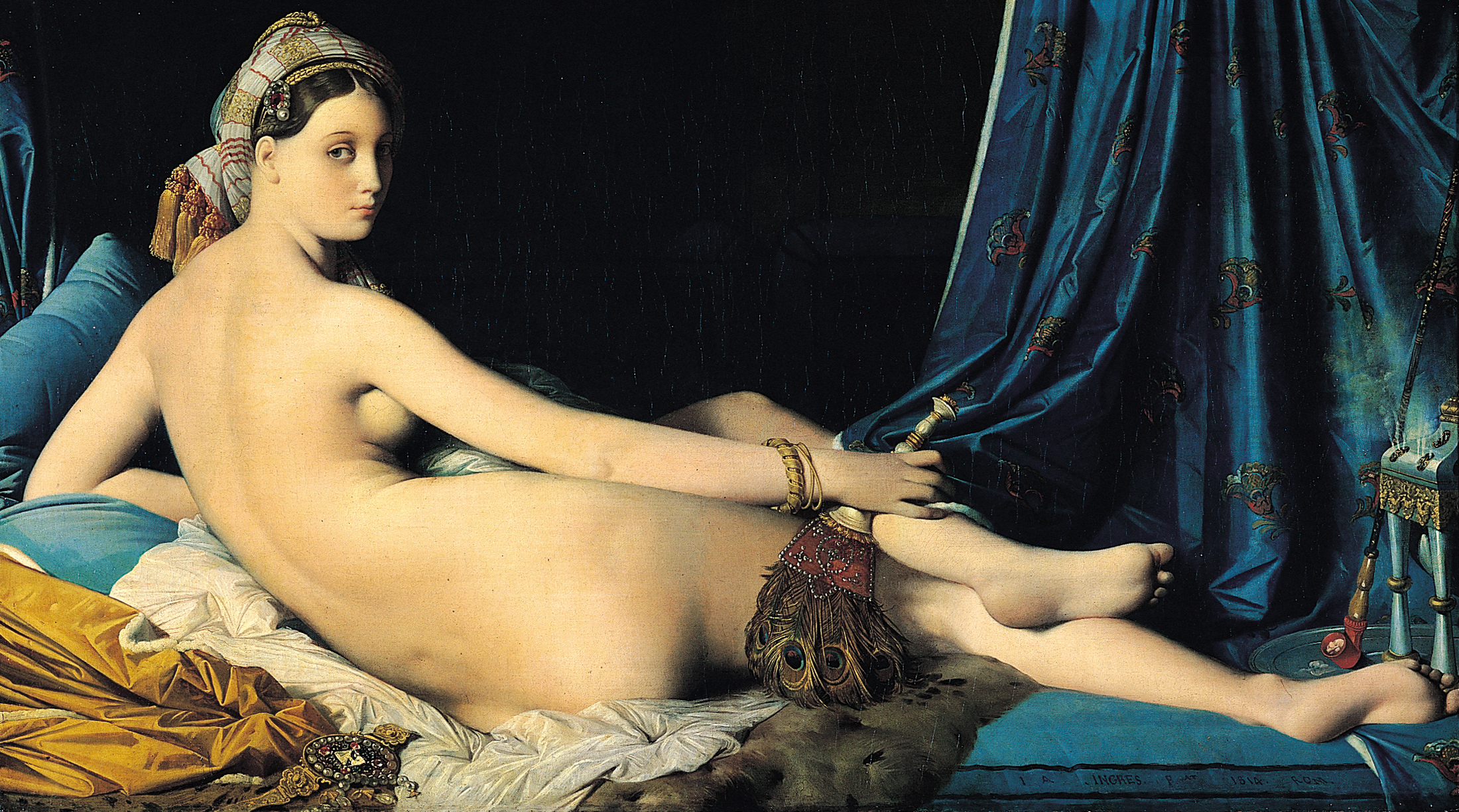Growing up, I had always wanted to be one of those classy people who loved going to museums – someone who would look at a painting and say: “Oh my God, Monet is just speaking to me through these haystacks. They clearly represent the individual’s struggle against the socially constructed ordinary.†The reality though, was that my attention span was nowhere near great enough to appreciate looking at a static image on a wall for any extended period of time.
One summer, I worked as a camp counselor in Maine. I was born in a city just forty minutes away, and I hadn’t returned to the area since my family moved to Michigan when I was five; so, needless to say, I had grand expectations of being “at home†again and all of the Dorothy-Gale-complex-driven feeling-like-I-belonged-somewhere idealizations that came with that. To my shock, it was one of the worst experiences of my life for many reasons, a primary one being that it was so annoyingly, frustratingly, and sometimes horrifyingly loud. Children were screaming and chanting at the tops of their lungs wherever I went, which created a sense of falseness and confinement in the state I had always elevated as being the land of freedom and peace in my mind.
On a day off, I visited Old Port, a touristy (yet beautiful and culturally-diverse) area of Portland, ME. I recalled that my mother had recommended I go to the Portland Museum of Art while I was there; so partly in interest, but mostly to appease her, I went. And, as you can probably guess, it was one of those instances where mother knew best.
As I made my way through the building, I was surprised to find that I wasn’t having my usual, cynical, “Who the hell thinks stacked sardine cans constitute art?†thoughts. Instead, I felt my pulse lowering to tranquil levels again. The incredible sound of silence resonated in my ears, traveling through my brain and relieving my mind of anxiety.
That day, I finally understood the appeal of museums (or at least, how they appealed to me). I was alone most of the time and the people who occasionally passed by would speak in whispers as if there was some greater force among us which warranted respect. I was just there, and I was me, but that didn’t really matter, and it was blissfully quiet. The preserved characters in portraits and sculptures never ridiculed like the teenage girls I tried to teach every day. They didn’t follow young women alone into cabins at night and take pleasure in terrifying them like my supervisor did with me. They stared, and calmed, and aided in the process of remembrance. Portland was the Maine that had been beckoning in my dreams for fourteen years and I felt a connection to that museum. Its uprooted collections of painted and sculpted people were more real than the fake bullshit that was that camp. It was a vital and awakening experience. Now, I’m certainly not saying that I envisioned old-white-man God, sitting, perched upon a cloud above that city, looking down and twirling a beard as he magically induced a revelation within me, but this moment was the closest I had ever come to feeling completely enlightened, spiritually-aware, and secure in the world. I was at home there.








